Introduction
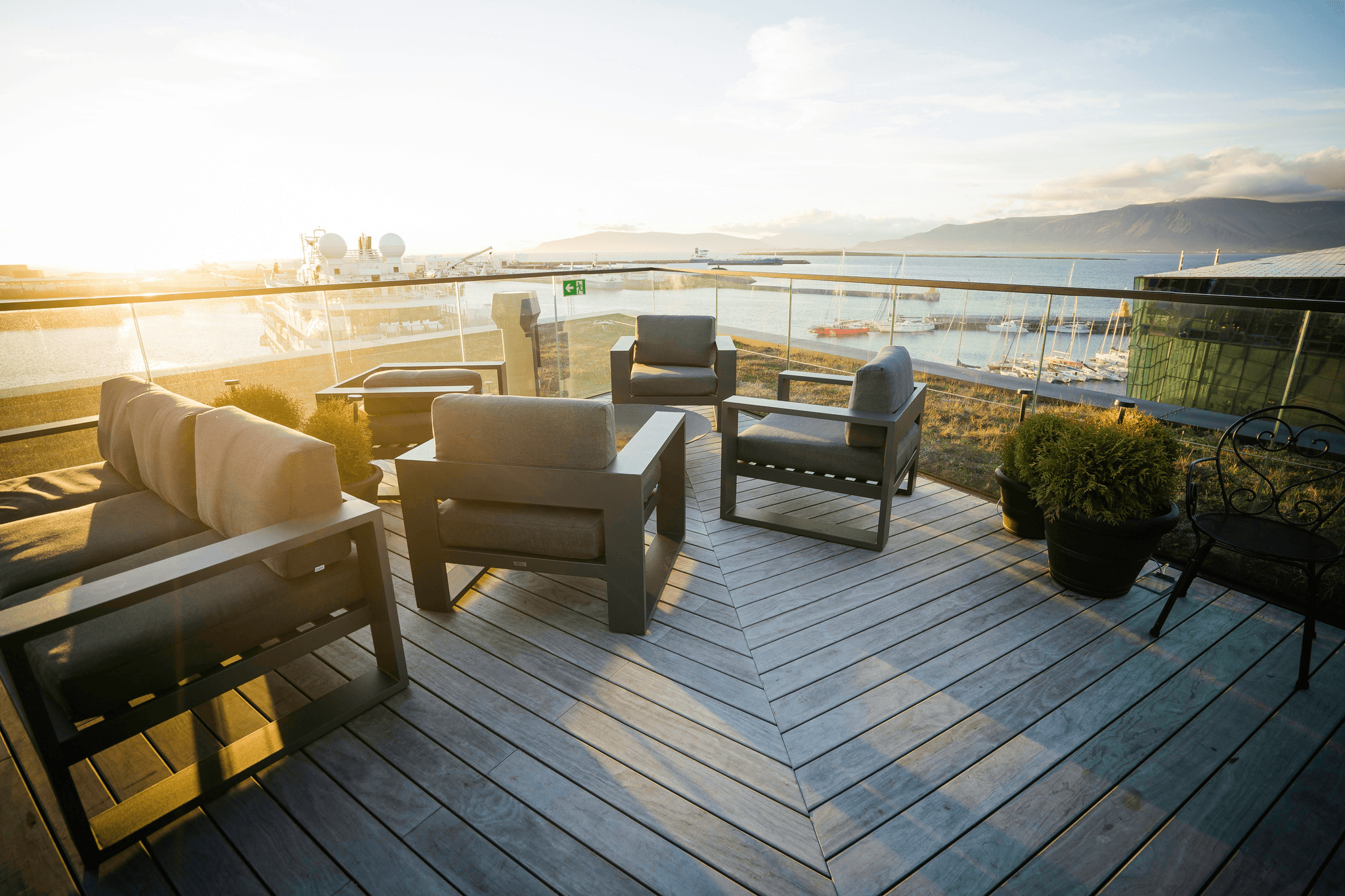
Composite decking has gained popularity for its blend of aesthetics and durability, but the pricing can vary significantly based on various factors. This introduction will explore the key elements that influence composite decking prices, helping you navigate this investment wisely.
Understanding Composite Decking Costs
Composite decking offers a modern alternative to traditional wood, but it’s crucial to grasp what drives its costs. The initial composite deck cost may seem higher than wood; however, considering long-term benefits can change your perspective drastically. Factors such as material quality, brand reputation, and installation methods all play a role in determining the overall expense of your composite decking project.
Factors Influencing Composite Deck Prices
Several factors contribute to the price of composite decking materials and installation. For instance, variations in composite wood types—ranging from basic options to premium selections—can lead to significant differences in pricing. Additionally, labor costs for composite decking installation can fluctuate based on local market rates and the complexity of your chosen design.
Benefits of Choosing Composite Over Traditional Wood
Opting for composite over traditional wood brings numerous advantages that extend beyond just cost considerations. For starters, durable decking made from composite materials requires far less maintenance than its wooden counterparts—saving you both time and money in the long run. Moreover, with options like PVC decking material available on the market, homeowners can enjoy enhanced resistance to weathering and fading while contributing positively to environmental sustainability.
What is Composite Decking?

Composite decking has taken the outdoor living world by storm, blending aesthetics with practicality. It’s a man-made product designed to mimic the look of traditional wood while providing enhanced durability and lower maintenance needs. As homeowners increasingly seek alternatives to wood, understanding composite deck cost becomes essential for making informed choices.
Definition of Composite Decking
At its core, composite decking is a combination of wood fibers and plastic materials, engineered to create a product that resists warping, splintering, and fading—issues often associated with traditional wood decking. This innovative material offers a range of colors and textures that can replicate the beauty of natural wood without the associated drawbacks. By opting for composite decking, you’re investing in a durable solution that promises longevity and less hassle over time.
Types of Composite Materials
When diving into the world of composite decking, you'll encounter various types that cater to different preferences and budgets. Typically, these materials fall into two main categories: capped composites and uncapped composites. Capped composites feature an outer layer that protects against moisture and UV rays, while uncapped options are generally more affordable but may require more maintenance—a crucial factor when considering overall composite deck cost.
Overview of PVC Decking
PVC decking is another contender in the composite arena, made entirely from polyvinyl chloride (PVC) rather than a blend with wood fibers. This type offers exceptional resistance to moisture and insects, making it an attractive option for those living in humid climates or areas prone to pests. Although PVC decking material can come at a higher price point compared to traditional composite boards, its low maintenance needs often translate into long-term savings—a vital consideration when evaluating your budget for durable decking solutions.
Typical Composite Deck Cost Breakdown
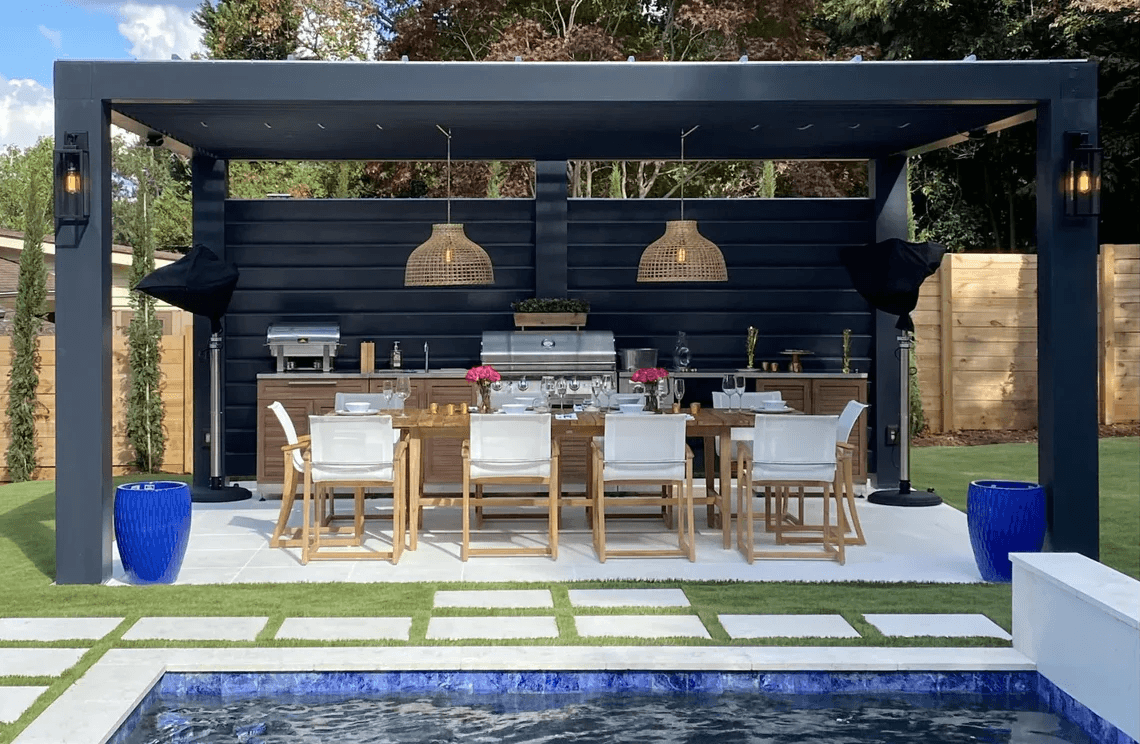
Material Costs of Composite Decking
The material costs of composite decking can vary widely based on the type of composite wood or PVC decking material you choose. Generally, high-quality composite decking boards price ranges from $2 to $5 per linear foot for standard options and can climb higher for premium brands or specialized designs. While it might seem tempting to go for cheaper options initially, investing in durable decking often pays off in the long run due to reduced maintenance and replacement needs.
When calculating your total material costs, don’t forget to factor in additional elements like railings and accessories that complement your composite deck design. These extras can add anywhere from 10% to 30% more to your overall materials budget depending on style and quality chosen. Ultimately, understanding these nuances ensures you’re well-equipped when diving into the world of composite decking.
Labor Costs for Composite Decking Installation
Labor costs are another significant component of the overall composite deck cost that often catches homeowners by surprise. Depending on where you live and the complexity of your project, professional installation can range from $15 to $35 per square foot. While DIY enthusiasts may consider tackling this task themselves, hiring professionals can save time and ensure a polished finish—especially with intricate designs or challenging layouts.
It's also worth noting that if you're opting for PVC decking material instead of traditional wood or even some types of composite wood products, labor may differ slightly due to varying installation techniques required by different materials. Therefore, always get multiple quotes from contractors who specialize in composite decking installation before making a decision; this way you won't find yourself overpaying or underestimating what’s necessary for a successful build.
Additional Costs to Consider
Beyond just materials and labor, there are several additional costs that could impact your total investment in a new outdoor space with composite decking. For instance, permits may be required based on local regulations—these fees can range from $50 up into several hundred dollars depending on where you live and how extensive your project is planned out to be.
Moreover, consider potential expenses related to site preparation such as removing existing structures or landscaping adjustments before installation begins; these preparations are often vital but can add significantly more dollars onto your final bill if not accounted for early on in planning stages! Finally, don’t overlook ongoing maintenance products like cleaners or sealants specifically designed for maintaining the beauty of both durable decking options throughout their lifespan.
Comparing Composite Wood to PVC Decking
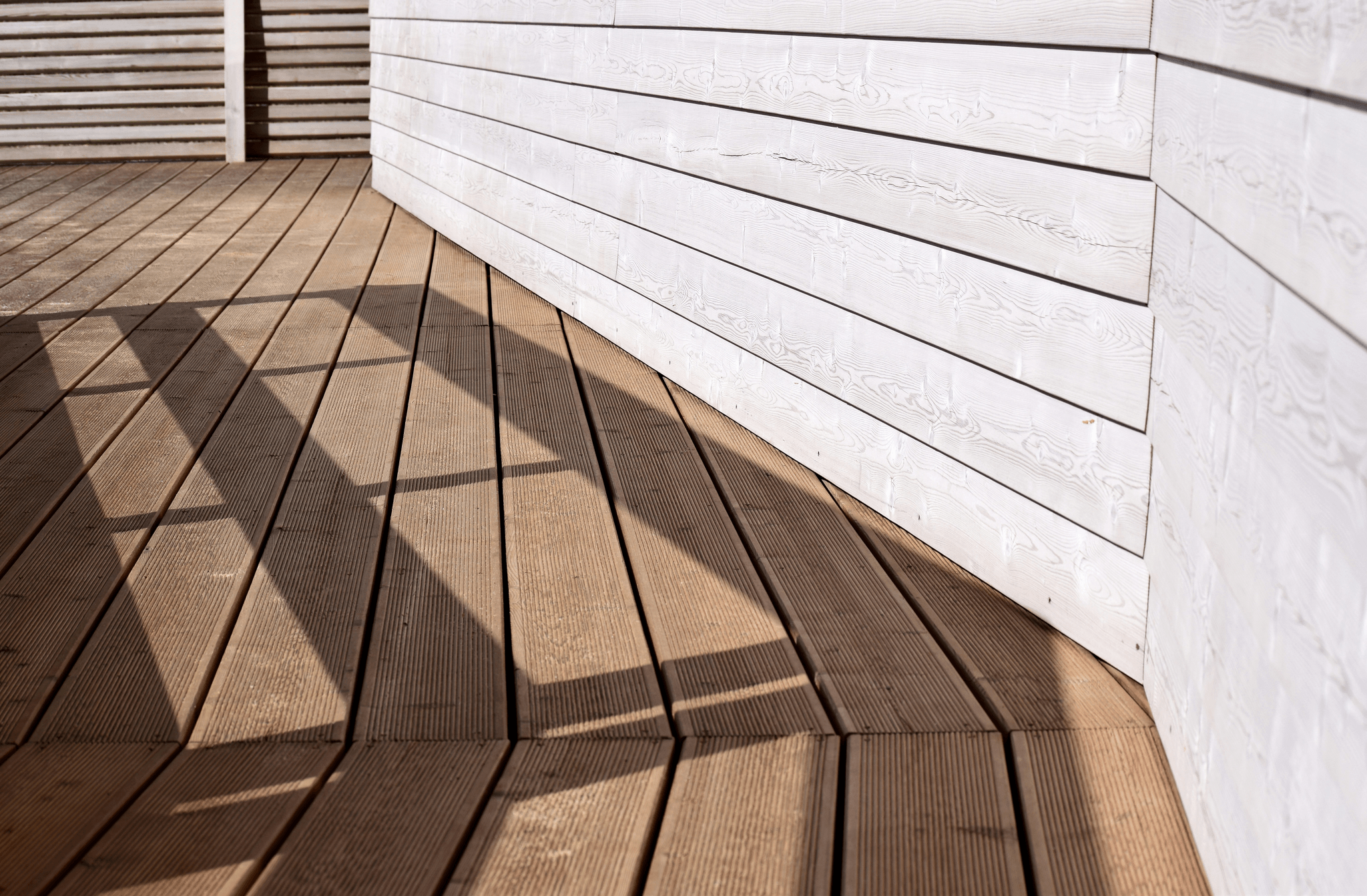
Strength and Durability of Composite Wood
Composite wood is known for its impressive strength and durability, making it a top contender in the decking world. Unlike traditional wood, which can warp or splinter over time, composite wood resists these issues thanks to its unique blend of materials that typically includes recycled plastic and wood fibers. This durability means that homeowners can enjoy their outdoor spaces without worrying about frequent repairs or replacements, ultimately saving on long-term composite deck costs.
Not only does composite wood withstand harsh weather conditions better than regular lumber, but it also offers resistance to insects and decay. This longevity makes it a smart investment compared to traditional options that require regular upkeep. As a result, many homeowners find that the initial higher price of composite decking boards pays off over time due to reduced maintenance expenses.
Maintenance Needs of PVC Decking Material
On the other hand, PVC decking material boasts low maintenance needs that appeal to busy homeowners who prefer spending time enjoying their decks rather than maintaining them. With its all-plastic composition, PVC decking is resistant to moisture absorption and does not require staining or sealing like composite wood might occasionally need. This translates into lower ongoing costs associated with deck care—an attractive feature when calculating overall composite deck costs.
However, while PVC may be easier to maintain in some respects, it can be susceptible to fading from UV exposure over time if not treated properly. Homeowners looking for durable decking should weigh these factors carefully when considering long-term aesthetics versus immediate convenience in maintenance routines. Ultimately, both options offer unique benefits depending on personal preferences regarding upkeep and appearance.
Cost Differences in Composite Decking Boards Price
When comparing the cost differences between composite wood and PVC decking boards price becomes a crucial factor in decision-making processes for many homeowners. Generally speaking, while both types are more expensive than traditional lumber initially—often due to their enhanced durability—the price points can vary significantly based on brand reputation and material quality. Composite wood tends to fall within a mid-range price bracket while premium brands of PVC may command higher prices due to their advanced technology and features.
It’s important also not just look at upfront costs but consider long-term savings as well; lower maintenance expenses associated with both options might offset initial investments over time significantly! In conclusion: whether you choose durable decking made from composite materials or opt for low-maintenance PVC options will depend largely on your budgetary constraints alongside personal preferences regarding aesthetics and upkeep needs.
Long-Term Savings with Composite Decking

When it comes to investing in your outdoor space, understanding the long-term savings associated with composite decking is crucial. While the initial composite deck cost may seem higher than traditional wood options, the benefits of choosing durable decking materials can lead to significant financial advantages over time. Let’s delve into how composite decking can save you money and enhance your property.
Reduced Maintenance Expenses
One of the most appealing aspects of composite decking is its minimal maintenance requirements compared to traditional wood. Unlike wood, which needs regular staining and sealing to maintain its appearance and integrity, composite wood is designed to withstand the elements without constant upkeep. This means that homeowners can save both time and money on maintenance expenses over the years, making the overall composite decking installation more cost-effective in the long run.
Additionally, many manufacturers offer warranties that cover fading and staining for extended periods, further reducing concerns about future costs related to repairs or replacements. With PVC decking material gaining popularity for its low-maintenance nature as well, you can enjoy your outdoor space without worrying about frequent upkeep expenses. Ultimately, these reduced maintenance costs contribute significantly to making a compelling case for investing in composite decking.
Longevity and Value Retention
Another factor that enhances long-term savings with composite decking is its impressive longevity compared to traditional wood options. Quality composite decking boards are engineered to last for decades without warping or splintering, allowing homeowners to enjoy their outdoor spaces for longer periods without needing replacements. This durability not only saves money on potential replacement costs but also helps maintain property value over time.
Moreover, many buyers today prefer homes with low-maintenance outdoor spaces; thus, having a beautiful composite deck can be an attractive selling point if you decide to move in the future. Investing in durable decking materials like composite wood ensures that your deck retains its value better than conventional wooden decks that may require more frequent repairs or replacement due to wear and tear. In essence, choosing high-quality composite materials contributes significantly to both longevity and value retention of your home.
Eco-Friendly Benefits
In today’s environmentally conscious world, opting for eco-friendly building materials can also lead to financial savings through potential tax credits or incentives offered by local governments or environmental programs. Many types of PVC decking material are made from recycled plastics and other sustainable resources, which not only reduces waste but also minimizes your carbon footprint—an increasingly important consideration for many homeowners today.
By selecting sustainable products like those found in durable decking options made from recycled content, you’re contributing positively toward environmental conservation while enjoying a stylish outdoor space at home. Additionally, using eco-friendly materials often aligns with modern building codes aimed at promoting sustainability in construction practices—a win-win situation! So when considering your next deck project, remember that going green could very well pay off financially as well as ethically.
Choosing the Right Composite Decking Material
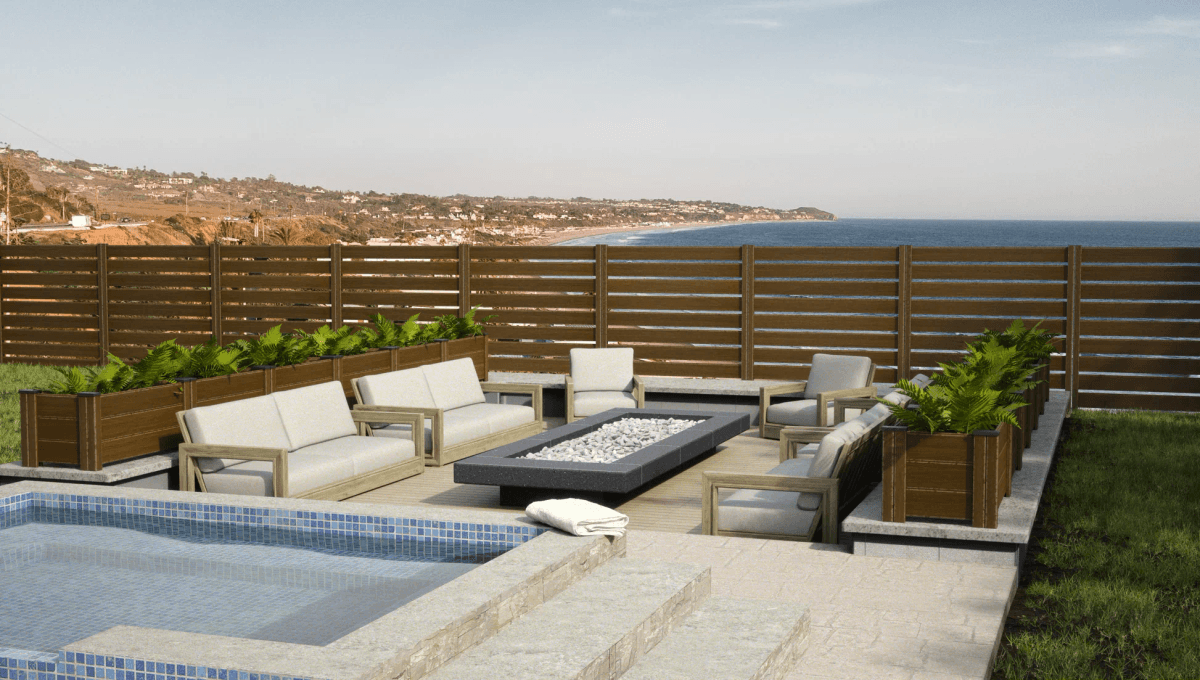
When it comes to selecting the right composite decking material, understanding your options can save you time, money, and a lot of headaches down the line. With the variety of choices available, from composite wood to PVC decking, it's essential to consider factors like durability, maintenance needs, and overall composite deck cost. The right choice will not only enhance your outdoor space but also provide long-term value.
Popular Brands and Their Pricing
Several popular brands dominate the composite decking market, each offering unique products at varying price points. Trex is often recognized for its high-quality composite wood options that blend aesthetics with durability; however, their boards can be on the higher end of the scale in terms of composite decking boards price. Other brands like TimberTech and Fiberon also provide excellent choices with competitive pricing, giving homeowners plenty of options when considering their budget for composite decking installation.
When evaluating these brands, it's crucial to compare features such as warranty length and color selection alongside their pricing. Some brands may offer premium materials that justify a higher cost due to improved performance or aesthetics. Ultimately, understanding what each brand brings to the table will help you make an informed decision that aligns with your desired look and budget.
Sustainability in Composite Deck Options
Sustainability is becoming increasingly important in today's purchasing decisions—especially when it comes to outdoor materials like decking. Many manufacturers now produce eco-friendly composite decking made from recycled materials such as plastic bags or reclaimed wood fibers. Choosing sustainable options not only reduces environmental impact but can also lead to potential savings in your overall composite deck cost by taking advantage of government incentives for eco-conscious building practices.
Additionally, opting for sustainable PVC decking material can enhance longevity since these products are designed to withstand harsh weather conditions without degrading over time. By investing in durable decking solutions that are also environmentally friendly, you're making a choice that's good for both your home and the planet. Plus, many consumers appreciate supporting companies that prioritize sustainability in their manufacturing processes.
Tips for Selecting Durable Decking
Selecting durable decking requires careful consideration beyond just aesthetic appeal; you'll want a product that stands up against wear and tear while still looking great over time. First off, ensure you choose high-quality materials—composite wood often offers superior durability compared to traditional lumber due to its resistance against rot and insects. When comparing different types of composite decks or PVC decking material, look for warranties that indicate confidence in product longevity; longer warranties typically suggest better quality.
Another tip is to pay attention to texture and finish; some finishes provide better slip resistance than others—an important factor if you live in an area prone to rain or snow! Additionally, consider how much maintenance you're willing or able to perform; some composites require more upkeep than others despite being marketed as low-maintenance options initially advertised as part of their appeal at lower prices on composite decking boards price lists.
Conclusion
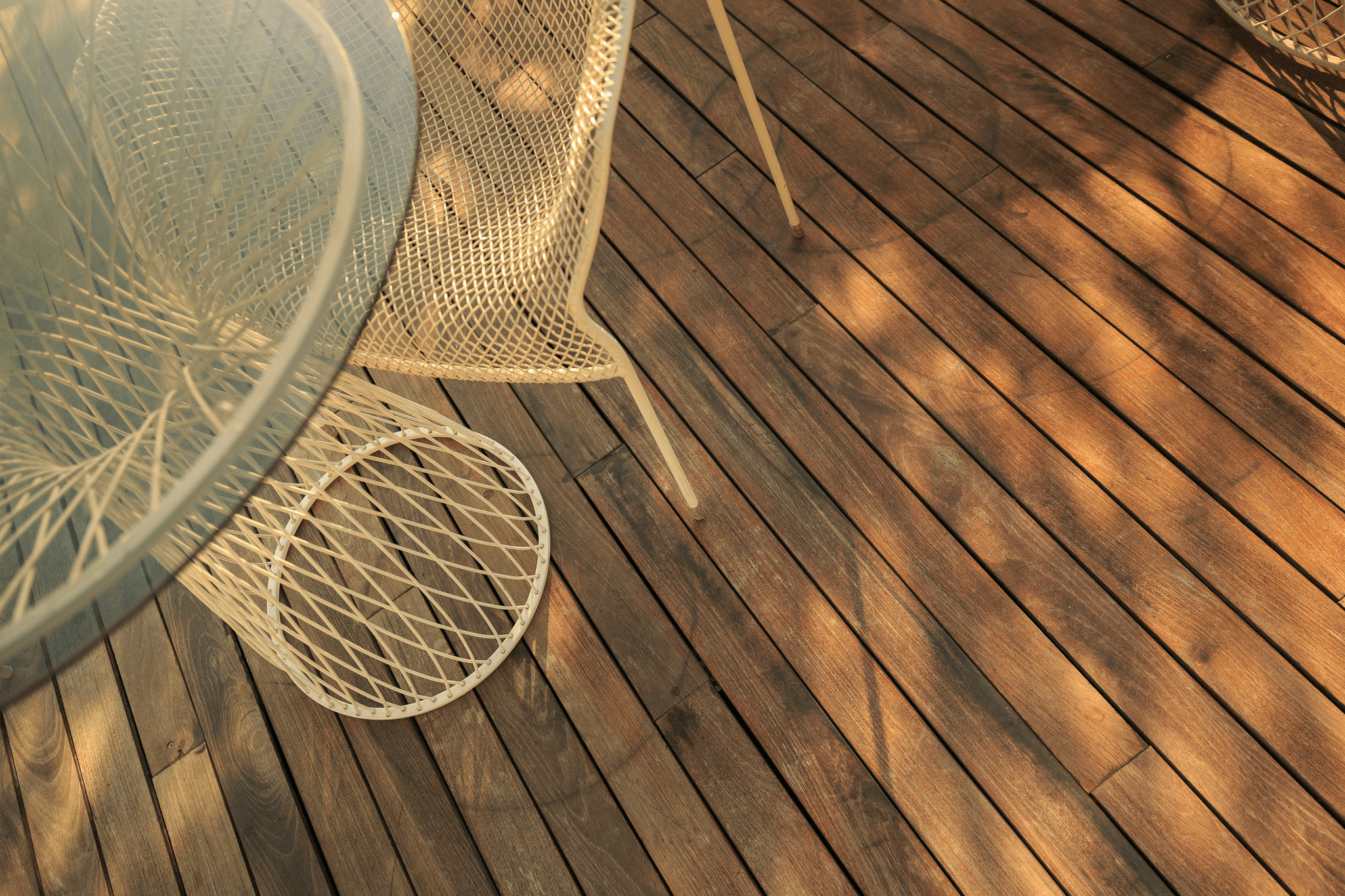
In wrapping up our exploration of composite decking, it's clear that understanding the composite deck cost is crucial for any homeowner considering this option. Composite decking offers a blend of aesthetics and durability that can be more cost-effective in the long run compared to traditional wood. By weighing the various factors influencing composite decking prices, you can make an informed decision that aligns with your needs and budget.
Making Sense of Composite Deck Costs
When evaluating the composite deck cost, it's essential to consider both material and labor expenses associated with composite decking installation. While initial costs may seem higher than those for traditional wood, the longevity and reduced maintenance requirements often justify the investment. Additionally, understanding how different brands and types of materials influence pricing will help you navigate your options effectively.
Evaluating Your Budget for Composite Decking
Setting a budget for your composite decking project involves more than just calculating the price of materials like composite wood or PVC decking material; it also means factoring in installation costs and potential additional expenses. Be sure to account for any features or upgrades you might want, such as railings or lighting, which can impact overall pricing. By budgeting wisely and exploring various options within your price range, you can find durable decking solutions that meet both your aesthetic desires and financial constraints.
Final Thoughts on Composite Decking Choices
Ultimately, choosing between composite wood and PVC decking hinges on personal preferences regarding maintenance needs, durability, and overall cost-effectiveness over time. As we've discussed throughout this guide, investing in quality composite decking boards not only enhances your outdoor space but also provides long-term savings through reduced upkeep costs. So whether you're drawn to the charm of traditional wood aesthetics or the low-maintenance appeal of PVC options, there's a perfect fit out there waiting for you.
